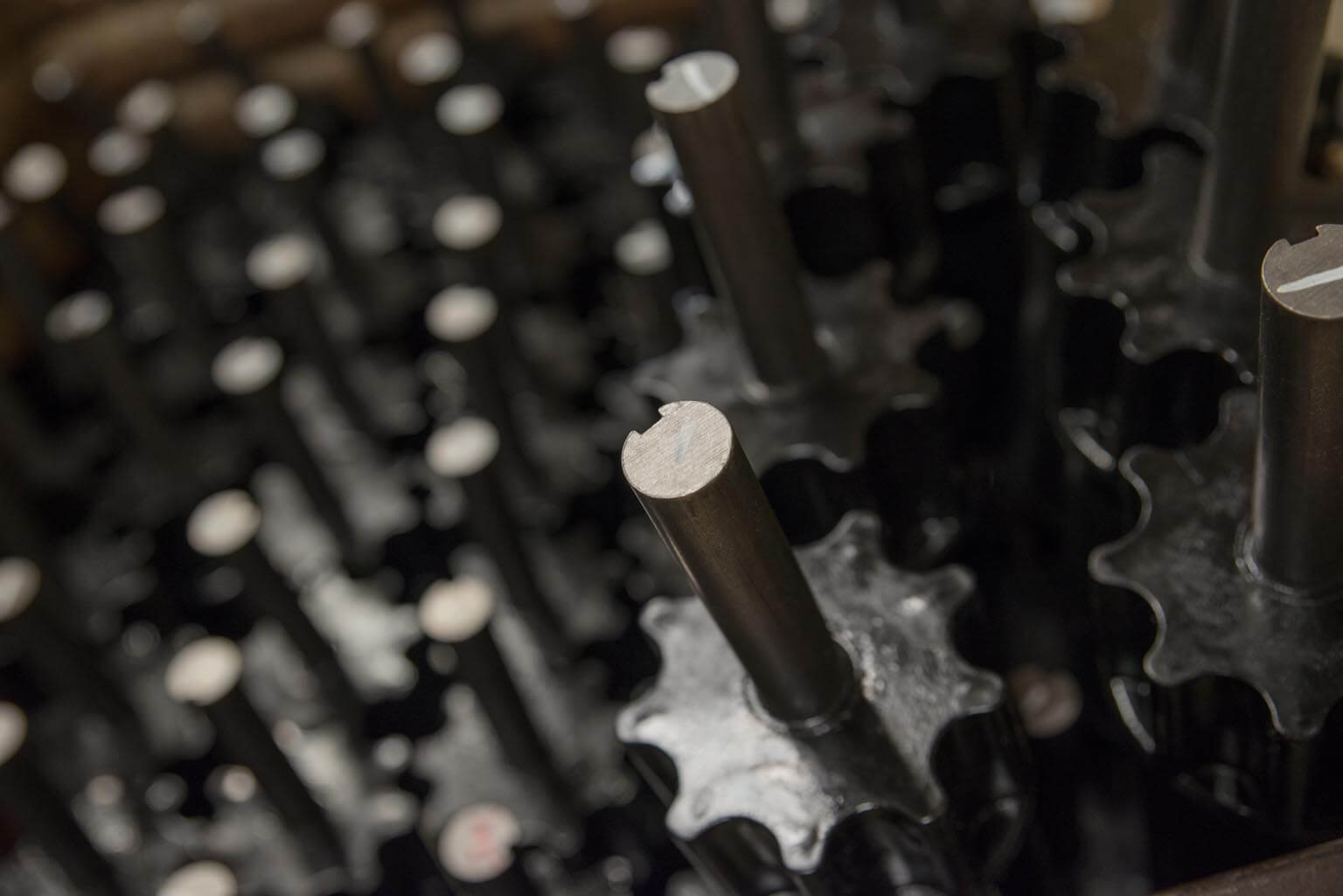Urethanes
Cast polyurethanes are produced by mixing two liquid components, polyol and isocyanate. After they are mixed at a specific ratio, they are poured into a mold. The mixture will cure and become hard. After it is cured, it can be removed from the tooling. Polyurethane can be made in a variety of densities and durameters by varying the isocyanate, polyol, or additives.
Learn more about our Urethane Molding and the benefits of Polyurethane Plastic Products.
Rubber
Natural Rubber
Natural rubber, also called isoprene rubber, is created from the liquid latex, or milky liquid sap, of the Hevea brasiliensis tree. This rubber type is extremely flexible, elastic, durable, and resistant to damage that can be inflicted on some rubbers by extreme temperatures. Natural rubber is also abrasion-resistant and has high tear- and tensile-strength, which is a term used to describe how resistant the material is to breaking when under extreme tension.
However, natural rubber is prone to degradation over time when used in outdoor applications where it will be exposed to sunlight and heat. In addition, isoprene rubber is not the best option when creating products that will be exposed to caustic chemicals, including petrochemicals, on a regular basis because frequent exposure to these chemicals can damage the rubber.
Natural rubber is often used to create adhesives, tires, roofing, flooring, gloves, and insulation.
Neoprene
Neoprene is one of the oldest types of synthetic rubber. Also called chloroprene or polychloroprene, this rubber type is very corrosion- and heat-resistant. Also, unlike natural rubber, this synthetic rubber is a good option for outdoor applications due to its resistance to sunlight and the oxidation sunlight can cause. Neoprene also has a high tensile strength and is resistant to many types of chemicals, including petrochemicals.
However, neoprene is slightly more costly than many other types of synthetic rubber and is not immune to damage from all chemicals.
This rubber type is used to create high-pressure gaskets, weatherstripping, plumbing fixtures, and aquatic clothing.
EPDM Rubber
Ethylene propylene diene monomer (EPDM) rubber is another synthetic rubber option that offers many of the characteristics of neoprene rubber at a slightly lower cost. This rubber type is also a great option for outdoor applications due to its resistance to extreme temperatures, sunlight, corrosion, and overall degradation when exposed to outdoor elements.
However, EPDM rubber has a slightly lower tensile strength than neoprene rubber and can break down over time when exposed to petroleum products, such as mineral oil and some other lubricants. In addition, EPDM produced with a substance called carbon black can conduct electricity, so keep this fact in mind when considering this rubber for your application.
EPDM is often used to create roofing, outdoor hoses, and weatherstripping. It is also used as a sealant in the automotive industry.
SBR
Styrene-butadiene rubber (SBR) is a very affordable synthetic rubber that is known for is extreme hardness and durability. This rubber type also has high tensile strength and is abrasion-resistant. Since SBR has many of the characteristics of natural rubber, it can be used as a natural rubber alternative in some instances.
However, this rubber type can break down when exposed to many types of oils and caustic chemicals.
SBR is used to create tires, shoe soles, gaskets, and seals in hydraulic braking systems.
Nitrile Rubber
Nitrile rubber, or Buna-N, is a type of synthetic rubber that is resistant to heat, gasoline, and many types of oil, including mineral and vegetable oils. This rubber type is also resilient and resistant to tensile set, which means it rebounds back to its original shape easily after being stretched.
However, this rubber type can be more costly than other synthetic rubber options and does not have good resistance against damage that can be inflicted by some chemicals, such as ketones and aldehydes.
Nitrile rubber is used in many automotive applications and in the aviation and aerospace industries due to its resistance to gasoline damage. It is also used to create latex-free surgical gloves.
Silicone Rubber
Silicone rubber, or polysiloxane, is available in both solid and liquid forms and is one of the very few rubber types that are both biocompatible and hypoallergenic. This rubber type is also resistant to many chemicals, extreme temperatures, fire, and ultraviolet (UV) radiation while offering superior malleability.
However, this synthetic rubber type can be rather costly, so keep this fact in mind when selecting the rubber type for your unique application.
Silicone rubber is widely used in the medical industry due to its biocompatibility. It is also used to create food containers, cookware, cooking utensils, and baby care items.

